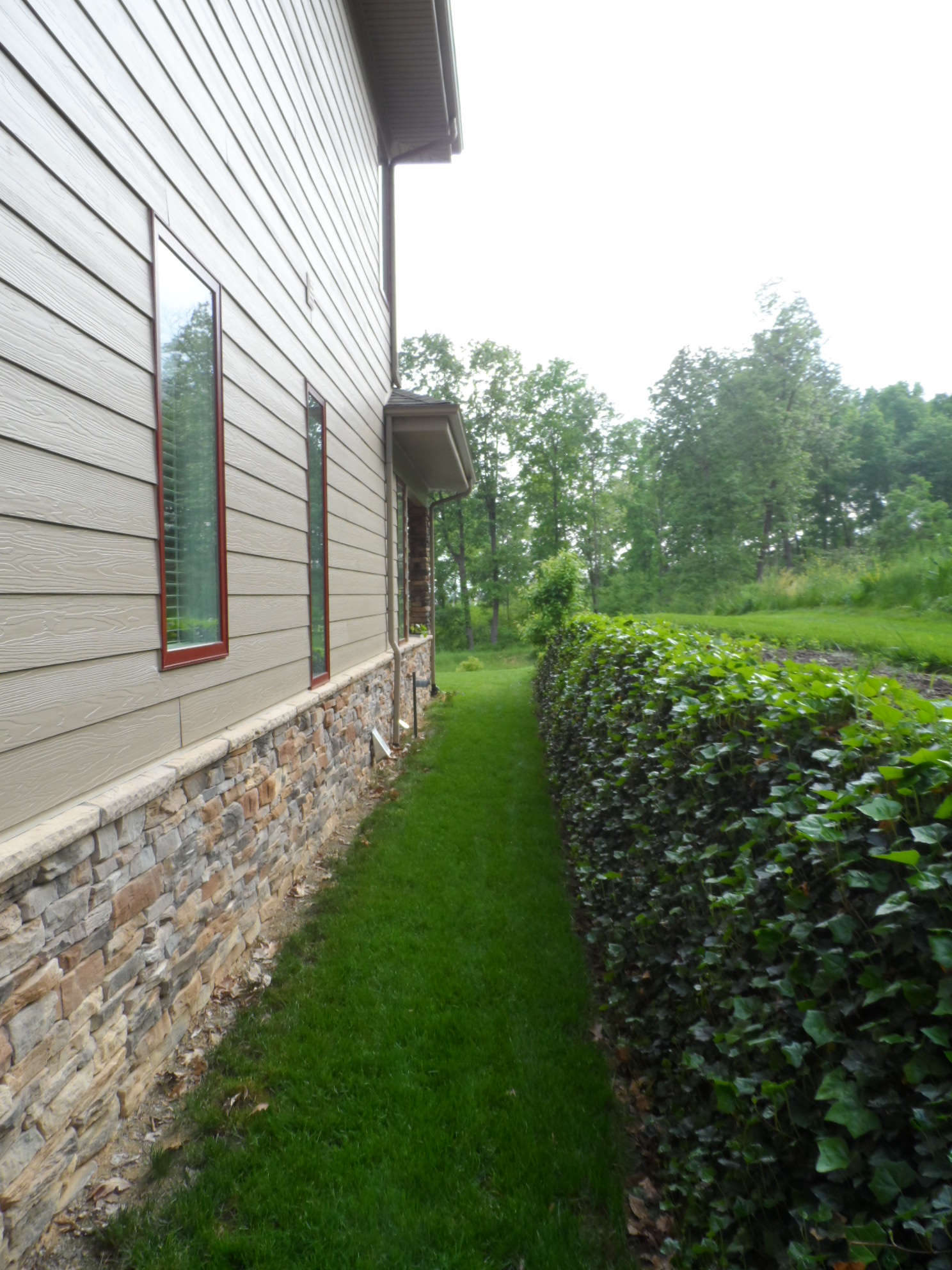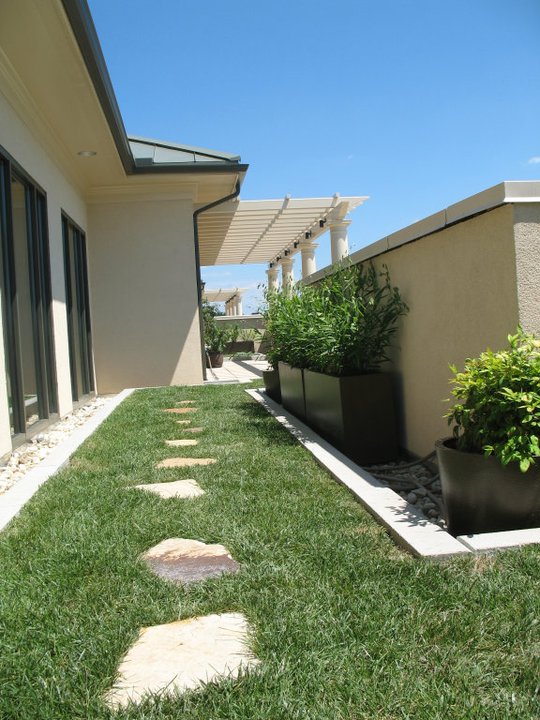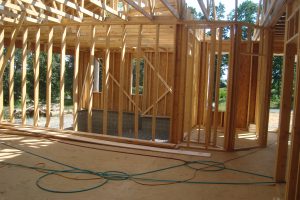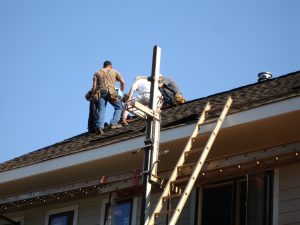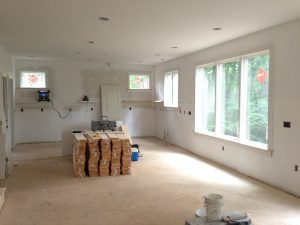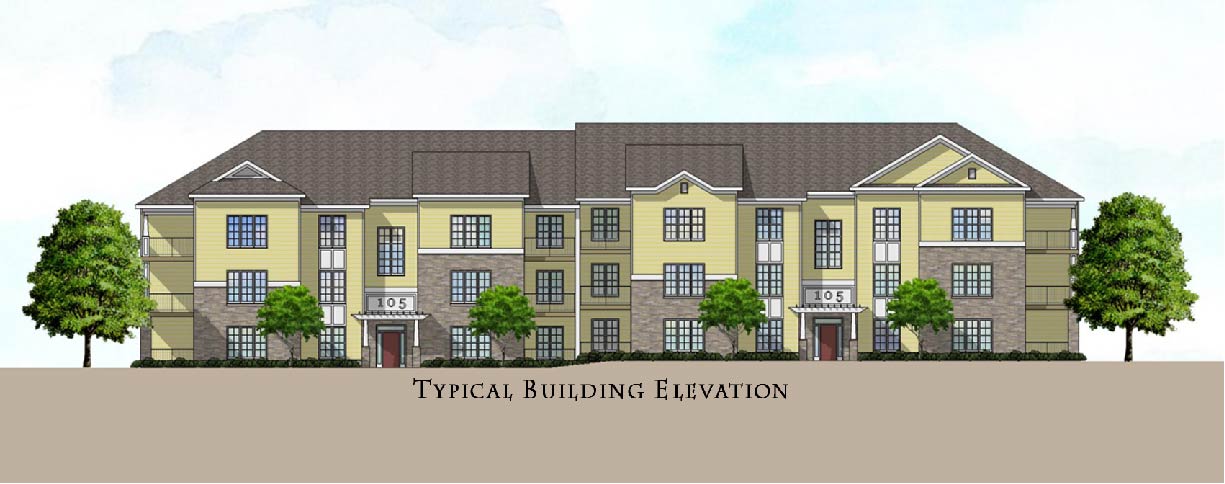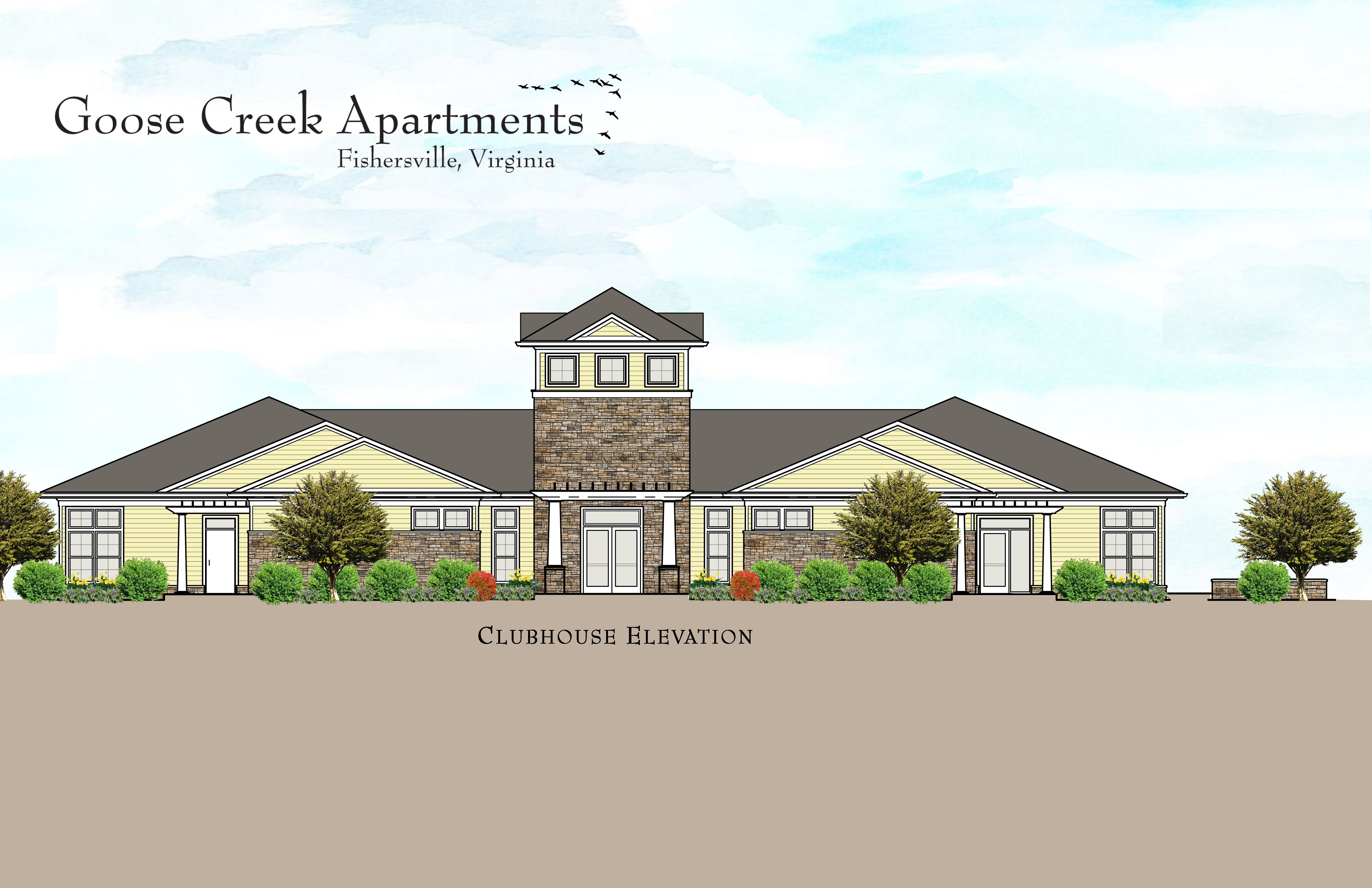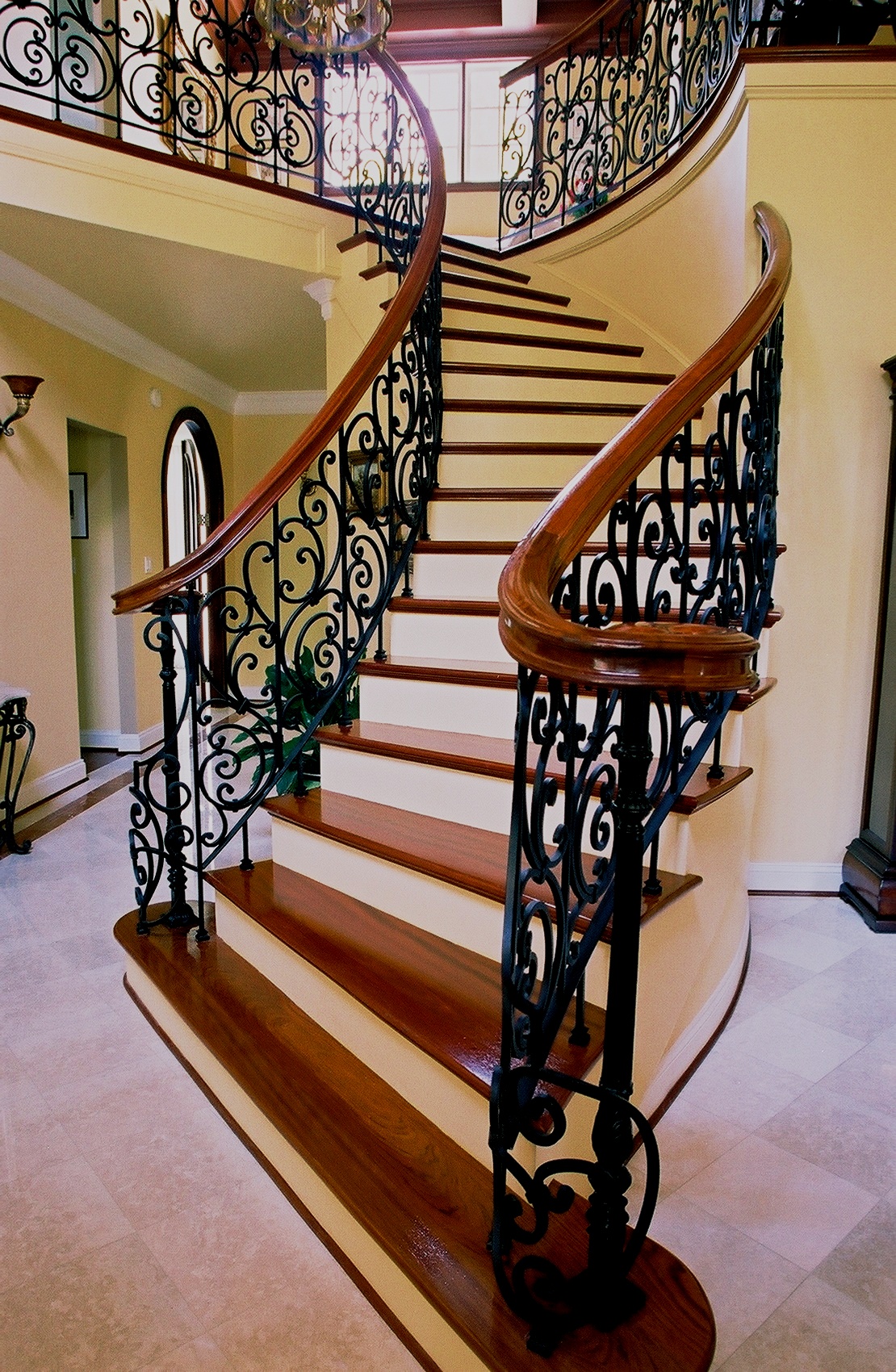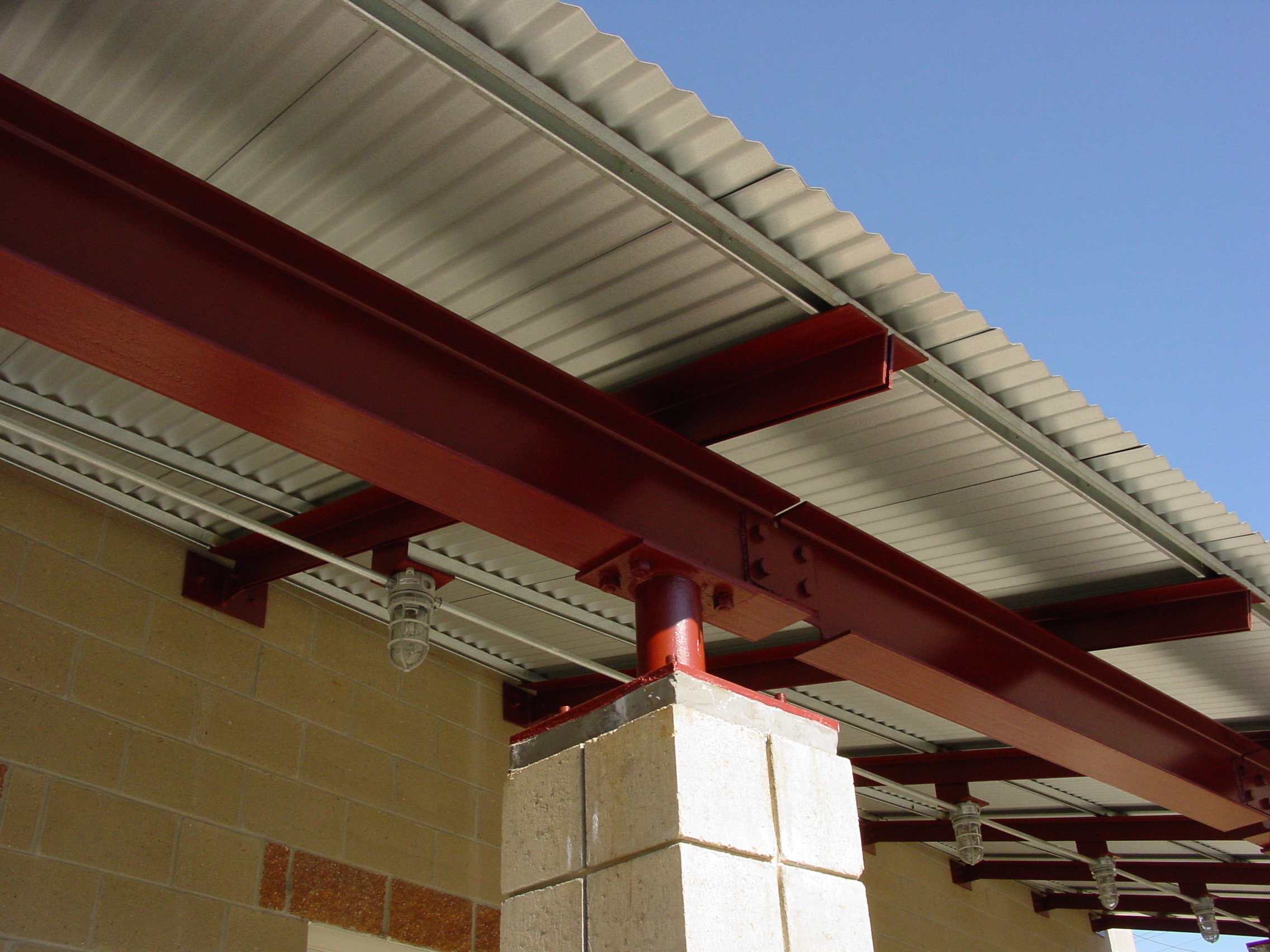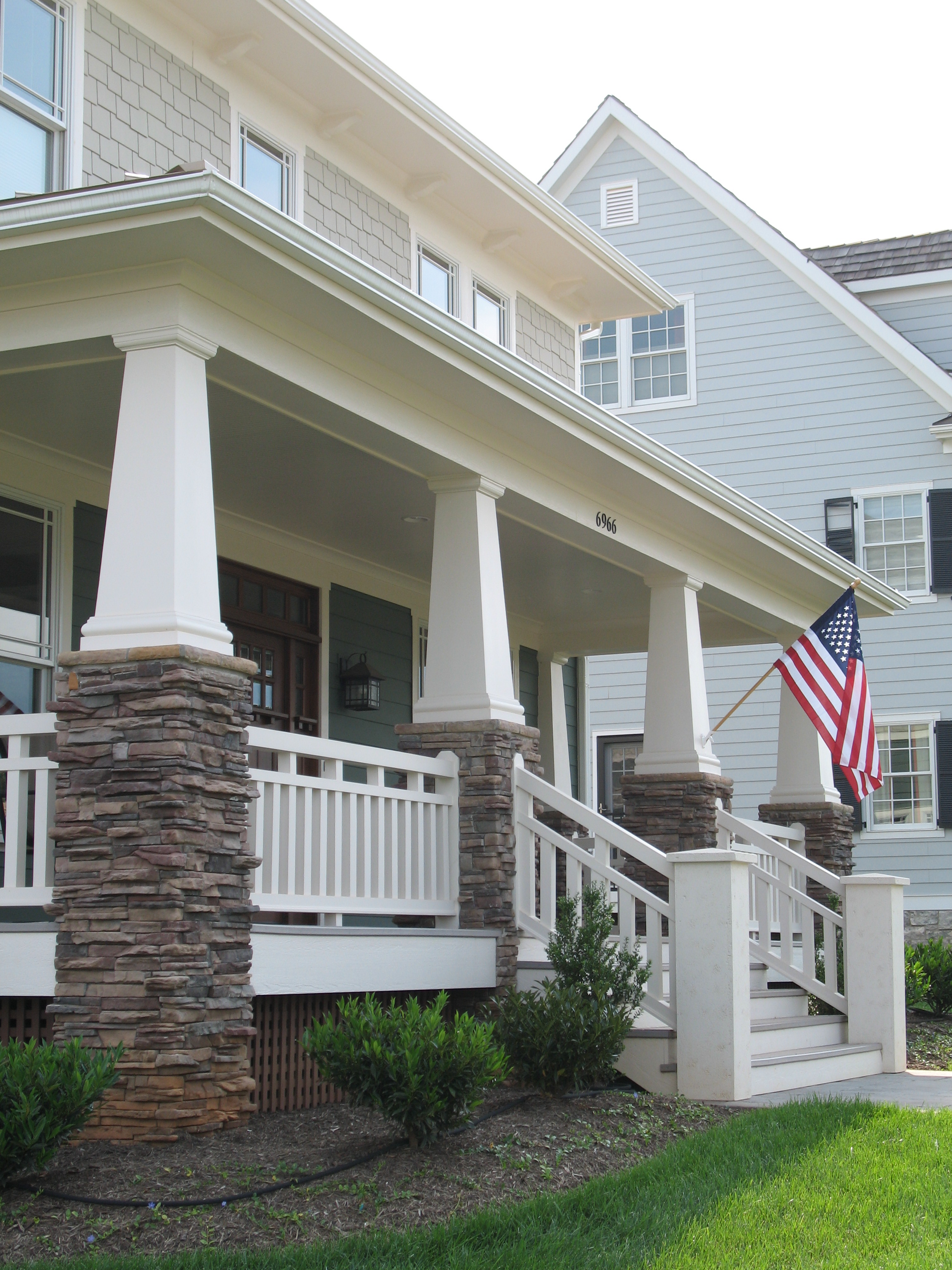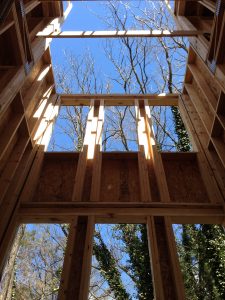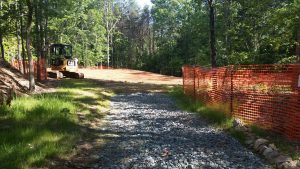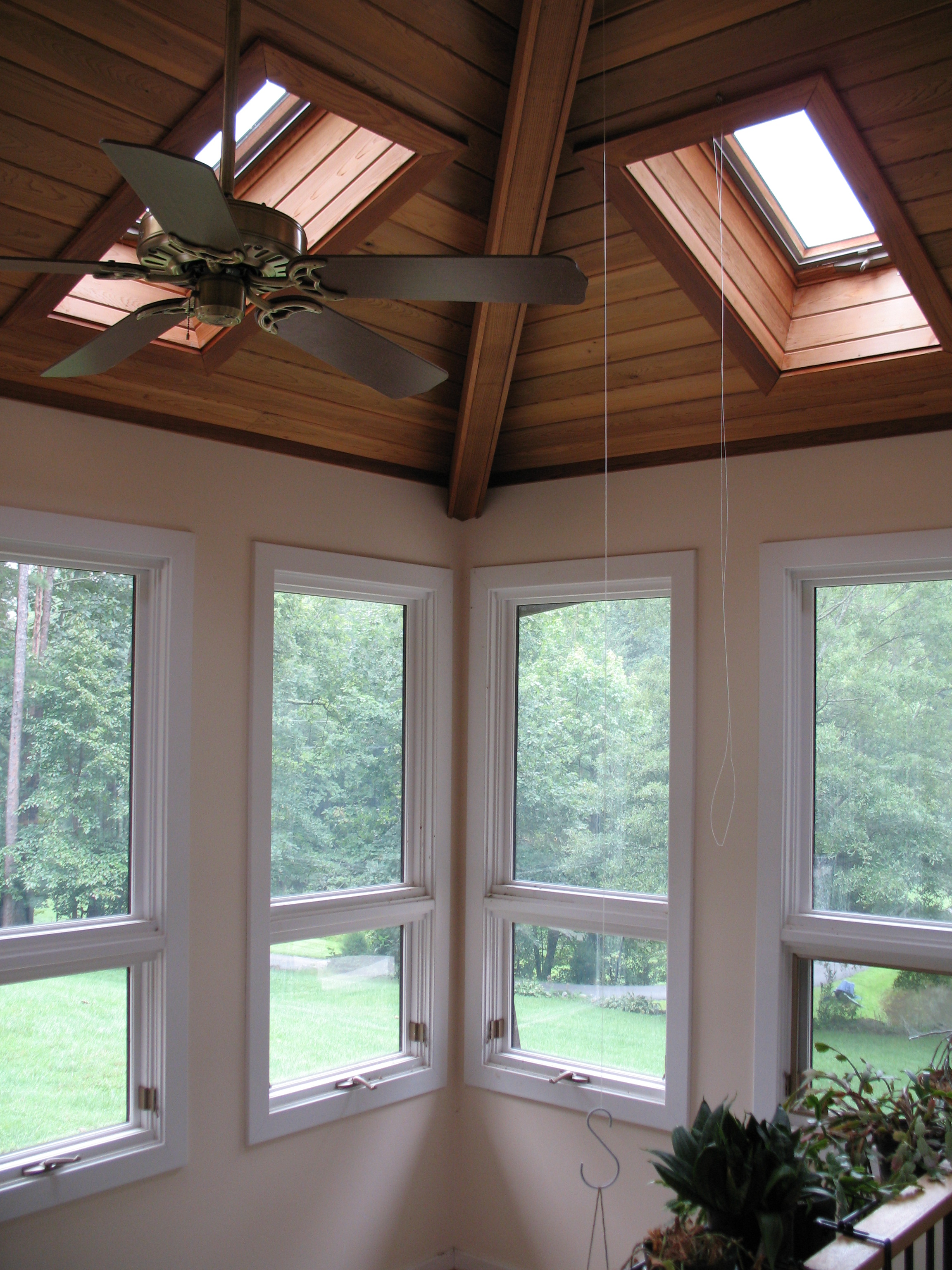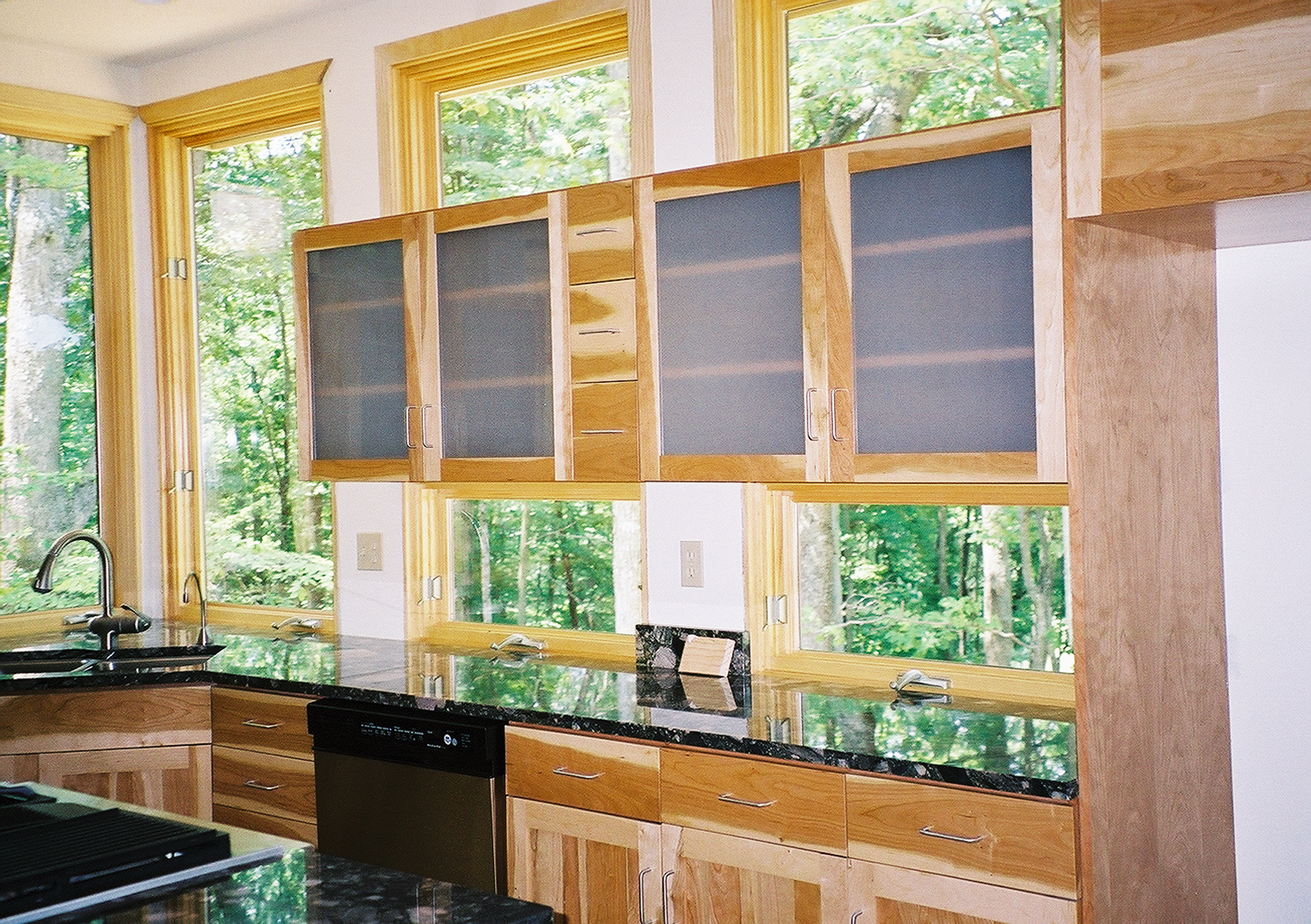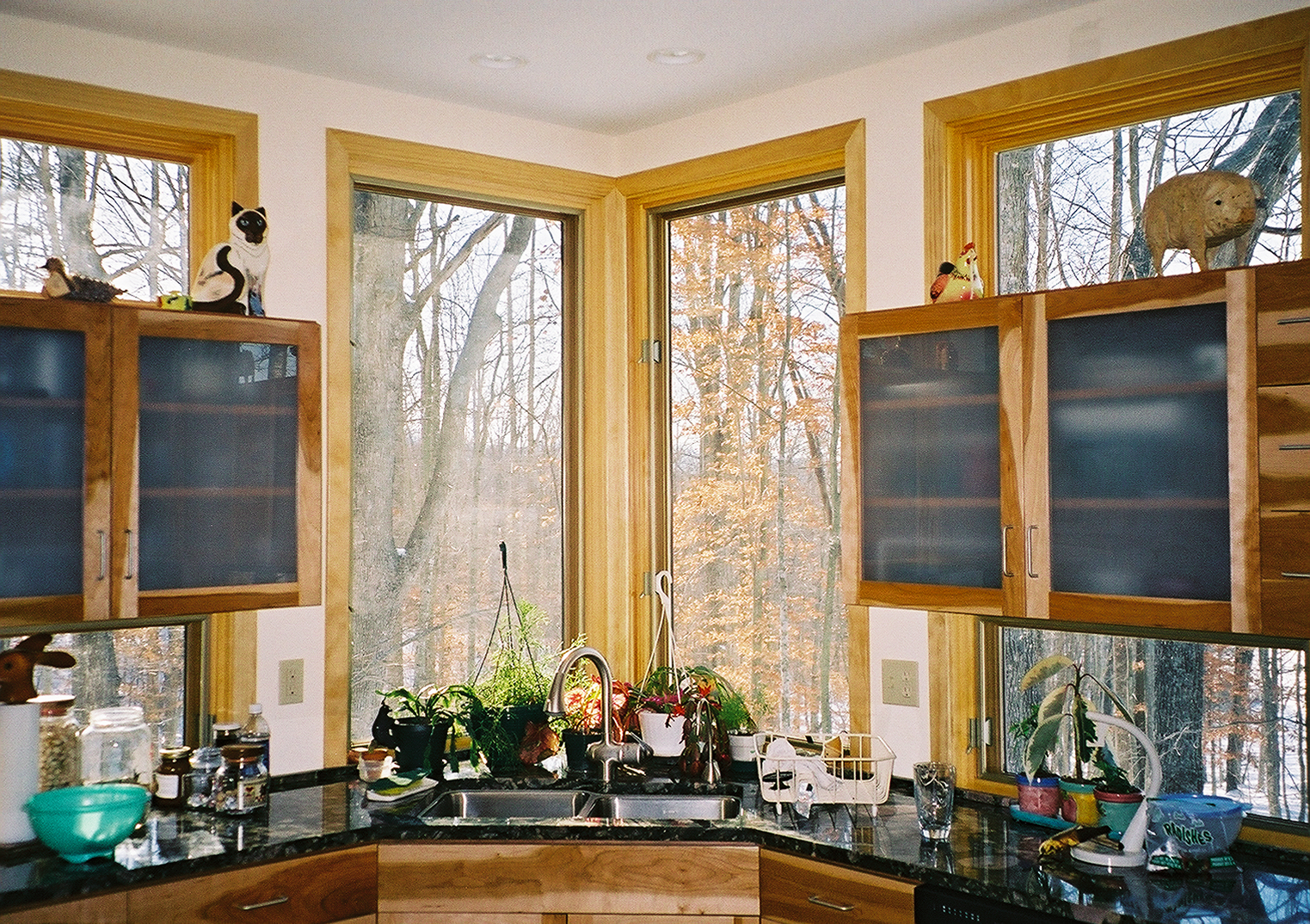by harrisonburgarchitect | Aug 29, 2014 | architecture, Harrisonburg Architect
We want your opinion! This is our fifth week to asking for you to crown a winner for best architectural detail. See past winners here, here, here, and here.
Over the last 26 years we have done some really fun design projects at our firm. While every project has some very interesting design components, there have been a few that just really stand out. Here are some images of three of my favorites. Which do you like best – vote for one (in the comments section below) and we will post three more contenders next week. Help us narrow down the best of the best from all our projects. To thank you for voting each week, you will be entered into a drawing for a $25 gift card.
railings and paint details on this facelift
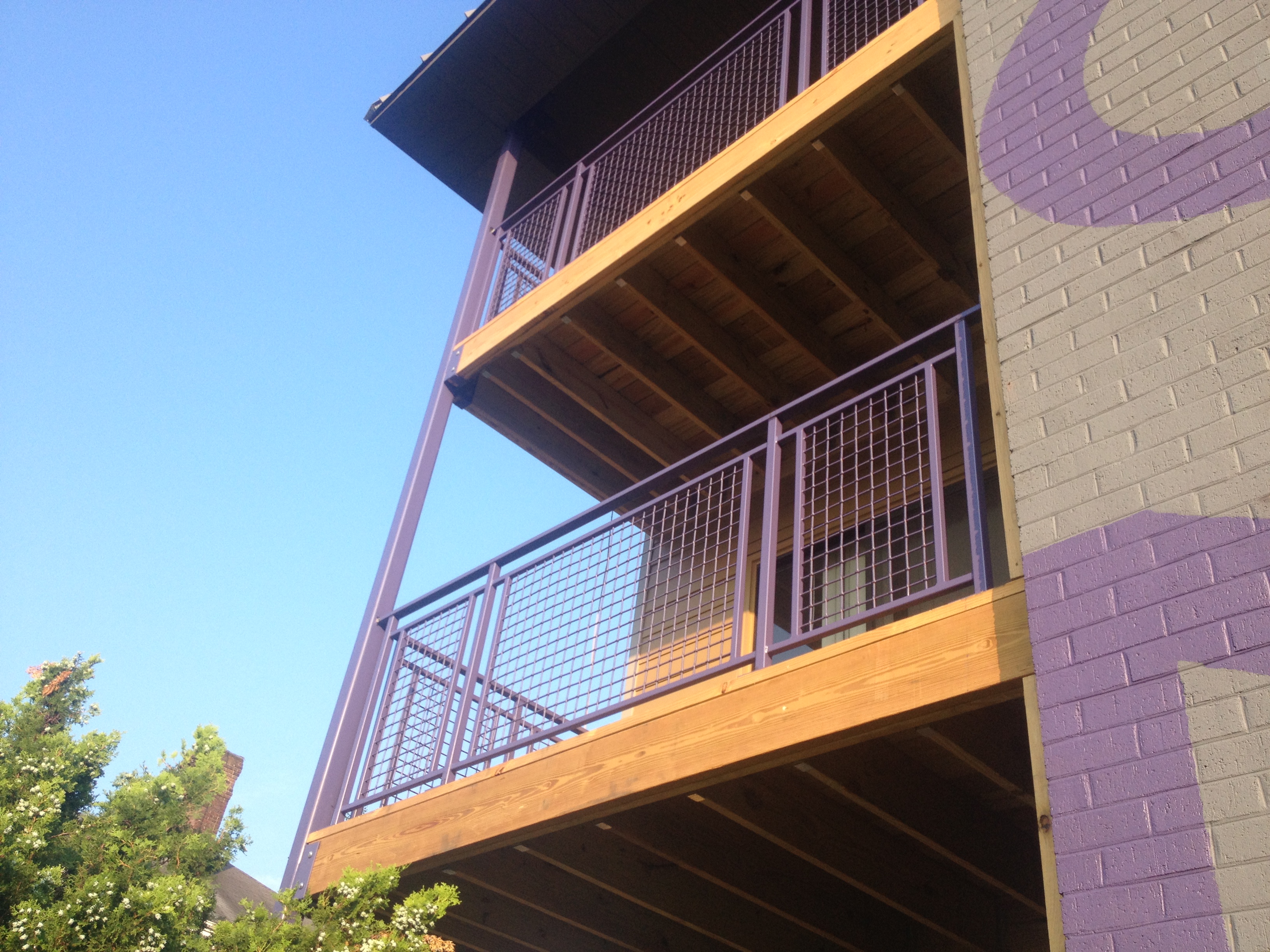
vegetative wall

vegetative roof

by harrisonburgarchitect | Aug 27, 2014 | architecture, Harrisonburg Architect
Building a custom home is a complicated, confusing, and sometimes overwhelming process. Understanding the steps is the first step to making it easier.
Catch up on this series “Custom Home – How to Get Started” with the following links:
Part one – Part two – Part three – Part four – Part five – Part six – Part seven

Crossroads Farm Framing
So how do you decide which contractor you want to hire? A big factor is how they will approach the project and conduct business. Here are some questions to ask during the interview.
- Reputation – What is your past experience with projects of this type? Did you stay on budget? How do you deal with unhappy clients? How many projects have you done like this one?
- Schedule – When can you start? How many projects will you have going at the same time? How long will it take? How much of your devoted time will my project get on a daily / weekly basis? When do you start work each day? When do you stop work each day?
- Project management – Who will be on site every day? Do they curse or smoke? How do they relate with the subcontractors – manage by yelling or with respect? Can I ask them questions? Will they know the answers?
 Communication – Will we have weekly meetings? Do you communicate best by email or phone? Can I call you at night or on weekends? Do you take notes in our meetings and issue minutes?
Communication – Will we have weekly meetings? Do you communicate best by email or phone? Can I call you at night or on weekends? Do you take notes in our meetings and issue minutes?- Decisions – Do you have a process in place to help me stay on track with decisions that need to be made? Do you go give me options of places to make selections or do I have to shop at one place? What if I want to supply something I find at an antique store or on sale?
- Changes – What is your change order process? How much do you charge as a mark up on change orders? Who do I tell I want to make a change? How do you document the change?
- Mistakes – Who do I need to tell if I don’t like something? What if something is not like I thought it would turn out?
- Billings – How do you handle invoices? Do I get to see everything you paid for and how much you are marking it up? How do you calculate the fee?

- Project Closeout – How do you finish a project? Do I get to do a punch list? What happens in a month if I find something wrong that I miss in punch list? Do you walk me through everything and show me how to use the new systems? Will you be available in the future if there are problems? Will you provide operating manuals in an organized form? Do you provide a list of subcontractors and phone numbers so I can contact them in the future? Will you give me marked up plans and pictures showing installation for future renovations?
by harrisonburgarchitect | Aug 26, 2014 | architecture, Harrisonburg Architect
August 26, 2014
The Apartments at Goose Creek to Provide 204 Class A Apartments to Augusta County
FISHERSVILLE, VA, – Denstock LLC, a Charlottesville, Virginia based real estate investment company, announced today that it has closed financing and started site work on The Apartments at Goose Creek, a $32 million multi-family community located in Fishersville, VA, immediately adjacent to the recently completed Murphy Deming College of Health Sciences and across the street from the Augusta Health Medical Facility.
“The Fishersville area has been identified as one of the County’s primary growth areas,” said Board of Supervisors Chairman Larry Wills. “Augusta Health and Murphy Deming currently anchor the Life Sciences business cluster in the area and we’re excited to see Denstock add a needed housing element to this community,” added Wills.
“Denstock is very excited about the future prospects of the Goose Creek project. The area demographics combined with Augusta Medical Center, the Murphy Deming College of Health Sciences and the County’s commitment to facilitate the establishment of new businesses along the Lifecore Drive corridor all reflect an emerging thriving market,” said Rob Stockhausen, a Managing Director of Denstock LLC.
 “The professional workforce as well as the growing student population in the Fishersville area is in demand of a new housing option,” said Jeff Moore, Board of Supervisors representative for the Wayne Magisterial District where the project is located. Moore continued, “We have seen the Denstock model in other communities and we are pleased to welcome the development style to Augusta County.”
“The professional workforce as well as the growing student population in the Fishersville area is in demand of a new housing option,” said Jeff Moore, Board of Supervisors representative for the Wayne Magisterial District where the project is located. Moore continued, “We have seen the Denstock model in other communities and we are pleased to welcome the development style to Augusta County.”
“We are thrilled to finally be able to start construction of The Apartments at Goose Creek. This project would not have become a reality without the support and efforts of the County of Augusta. We are looking forward to becoming a member of the Augusta County community,” said developer Denise E. LaCour, also a Managing Director of Denstock LLC.
Designed by The Gaines Group, PLC, an architectural firm based in Charlottesville and Harrisonburg, the 204 unit garden style apartment complex will offer 1, 2 and 3 bedroom units with high quality finishes, such as granite counter tops, and 60 garages. In addition, The Apartments at Goose Creek will offer extensive outdoor amenities including a nature trail, multi-purpose sports field, and a pool with splash pad. Residents will also enjoy a luxury club house with a fitness room, business center, game room, private theatre, club room with kitchen, and a BBQ patio and pool. Complementing the extensive amenities offered at The Apartments at Goose Creek are the unparalleled views of the Blue Ridge and Allegheny Mountains. 
“We have worked with the developer on previous projects and the high quality of construction, the attention to detail and sensitivity to surrounding architecture are hallmarks of her commitment to provide Class A apartments that blend well with the community, ” said Dennis M. Lynch, Vice Chairman of KBS, Inc., the general contractor for the project.
Denstock Property Management will lease and manage the property. Financing is provided by Berkadia.
CONTACTS:
Denico Development Co.
Contact: David Granville
Phone: (434) 971-8996
Email: david.granville@denico.net
Website: www.goosecreekapts.com
by harrisonburgarchitect | Aug 22, 2014 | architecture, Harrisonburg Architect
The votes are in for week three, see who won here.
Over the last few weeks we have asked for your help determining the best fo the best from our past architectural projects. Here are three more choices, what do you think is the best detail this week? To thank you for voting each week, you will be entered into a drawing for a $25 gift card.
Amazing stair

Column and beam connection

This front porch

by harrisonburgarchitect | Aug 20, 2014 | architecture, Harrisonburg Architect
Building a custom home is a complicated, confusing, and sometimes overwhelming process. Understanding the steps is the first step to making it easier.
Catch up on this series “Custom Home – How to Get Started” with the following links:
Part one – Part two – Part three – Part four – Part five – Part six – Part seven

Old Town Harrisonburg Custom Home
The drawings are done and the design is finished, so what is the next step? Well there was one thing I did not mention during the design phase that is an important part. You need to decide if you are going to negotiate contract with your builder or put the project “out to bid.”
We strongly encourage our clients to select a contractor based on interviews and negotiate the contract with them. Having the contractor involved during the design process allows a feedback loop on pricing and constructability that is extremely valuable. It also allows the contractor to be somewhat involved during the design phase so they can understand why things are done as they are before construction begins. This approach will lead to the best value for the project.
The other approach is to put the construction documents that were developed out to bid. Usually you select 3-5 contractors, give them 2-4 weeks to price the project on a competitive basis, and then open the bids to decide which contractor you want to build your home. Typically the prices are fairly close to each other, but if one is a lot lower, that contractor may have missed something. We often see that the lowest price is a contractor that made the biggest mistake. This leads to a confrontational relationship if that contractor is selected.

Custom Home – Albemarle County
So selecting the contractor is a very important part of the design process in our opinion and should be done in the schematic design phase for best results. The contractor will typically charge a fee for their pricing services during construction while some apply that fee to a reduction of construction costs if they get the job.
by harrisonburgarchitect | Aug 15, 2014 | architecture, Harrisonburg Architect
Votes are in for Week 2, check for that post to see who won.
Over the last 26 years we have done some really fun design projects at our firm. While every project has some very interesting design components, there have been a few that just really stand out. Here are some images of three of my favorites. Which do you like best – vote for one (in the comments section below) and we will post three more contenders next week. Help us narrow down the best of the best from all our projects. To thank you for voting each week, you will be entered into a drawing for a $25 gift card.
shipping container flooring used for ceiling

Floating cabinets

Corner Windows



